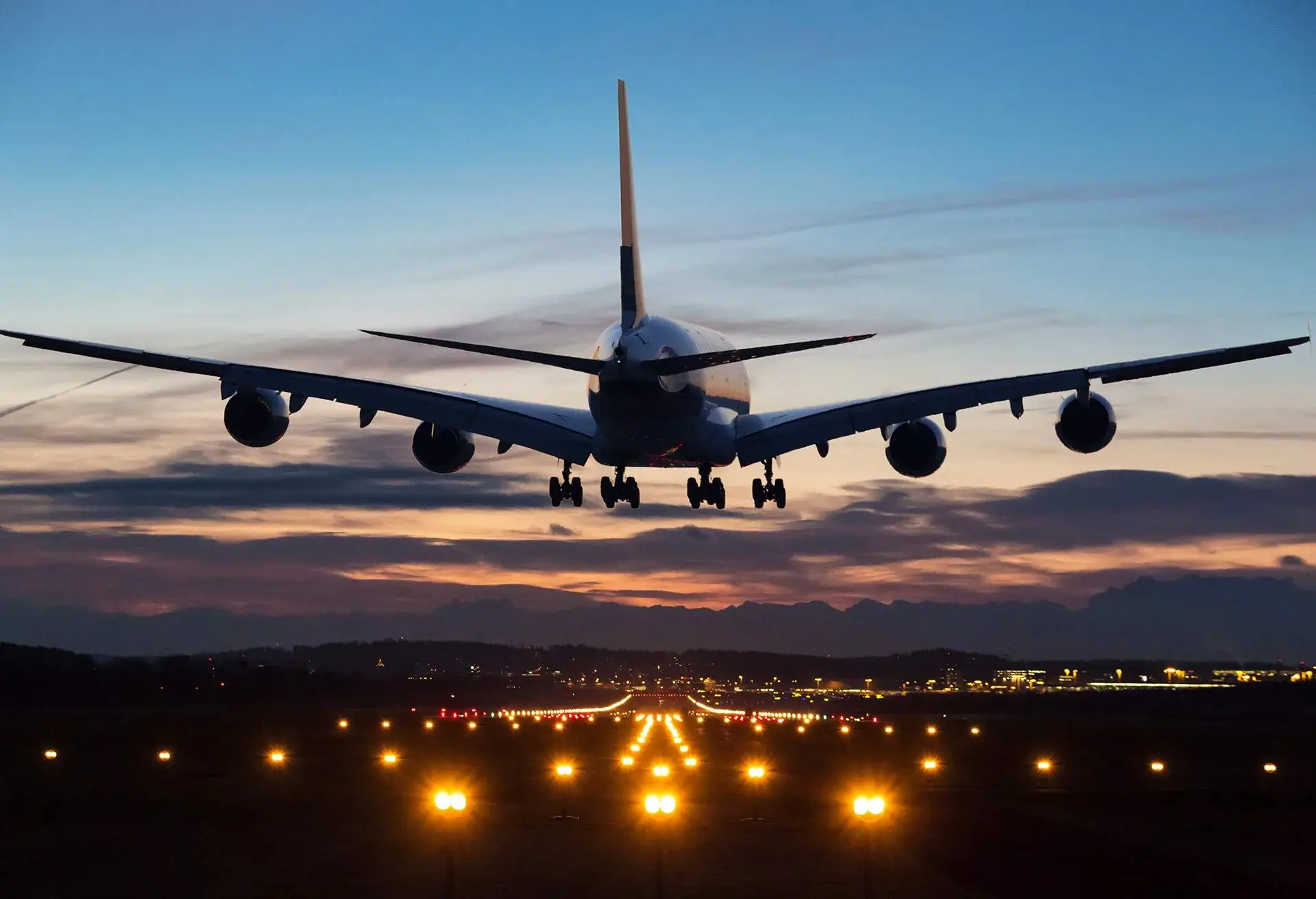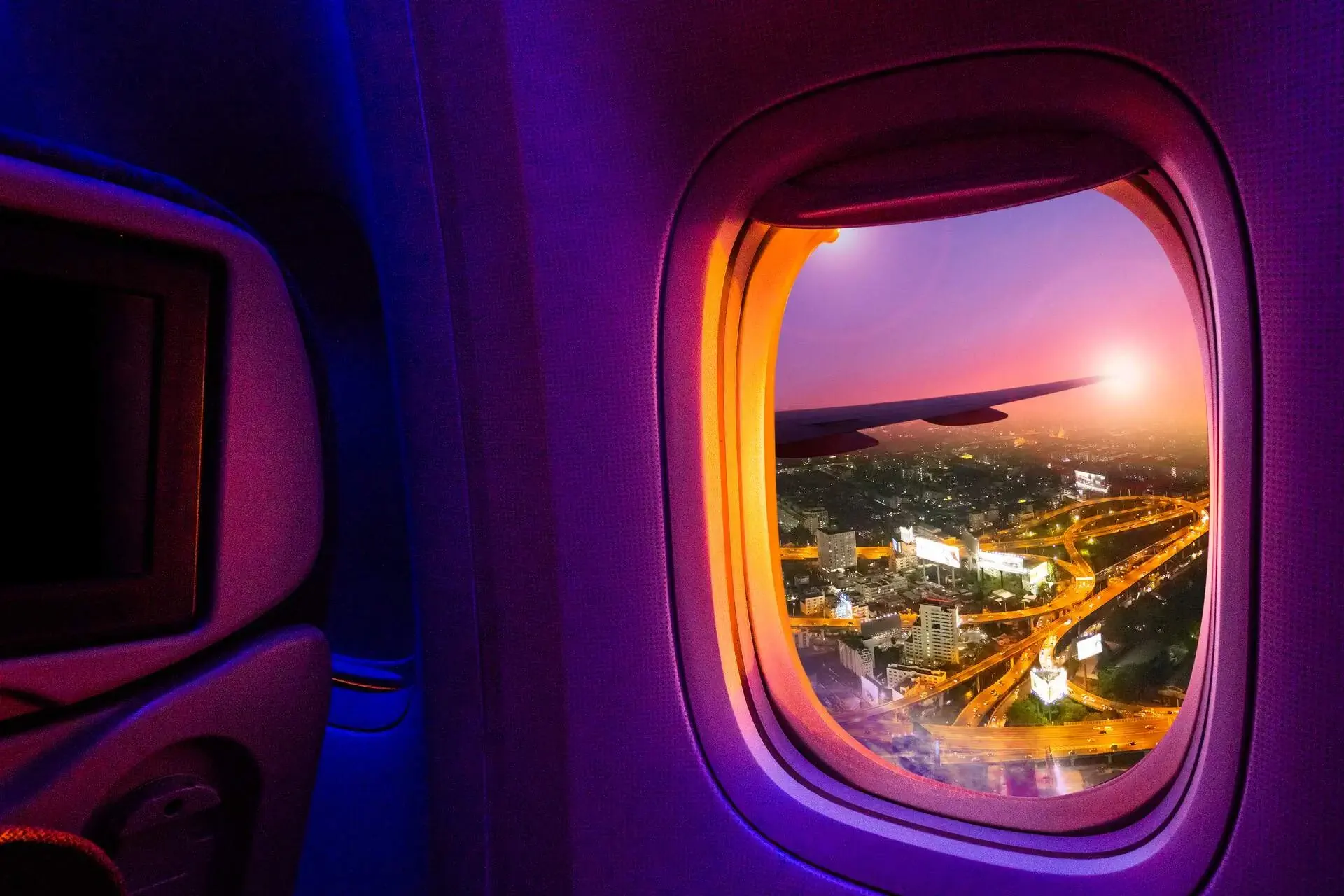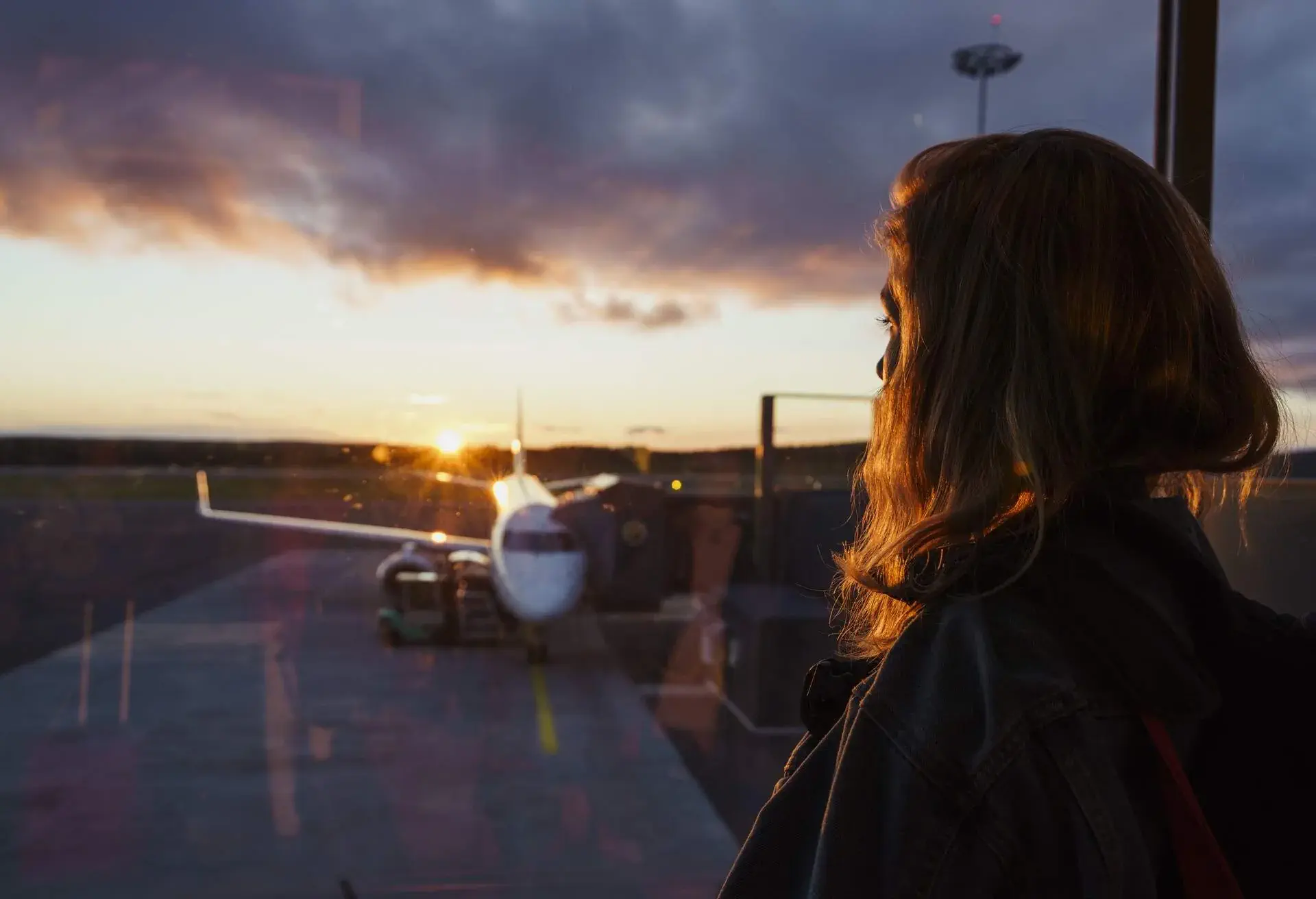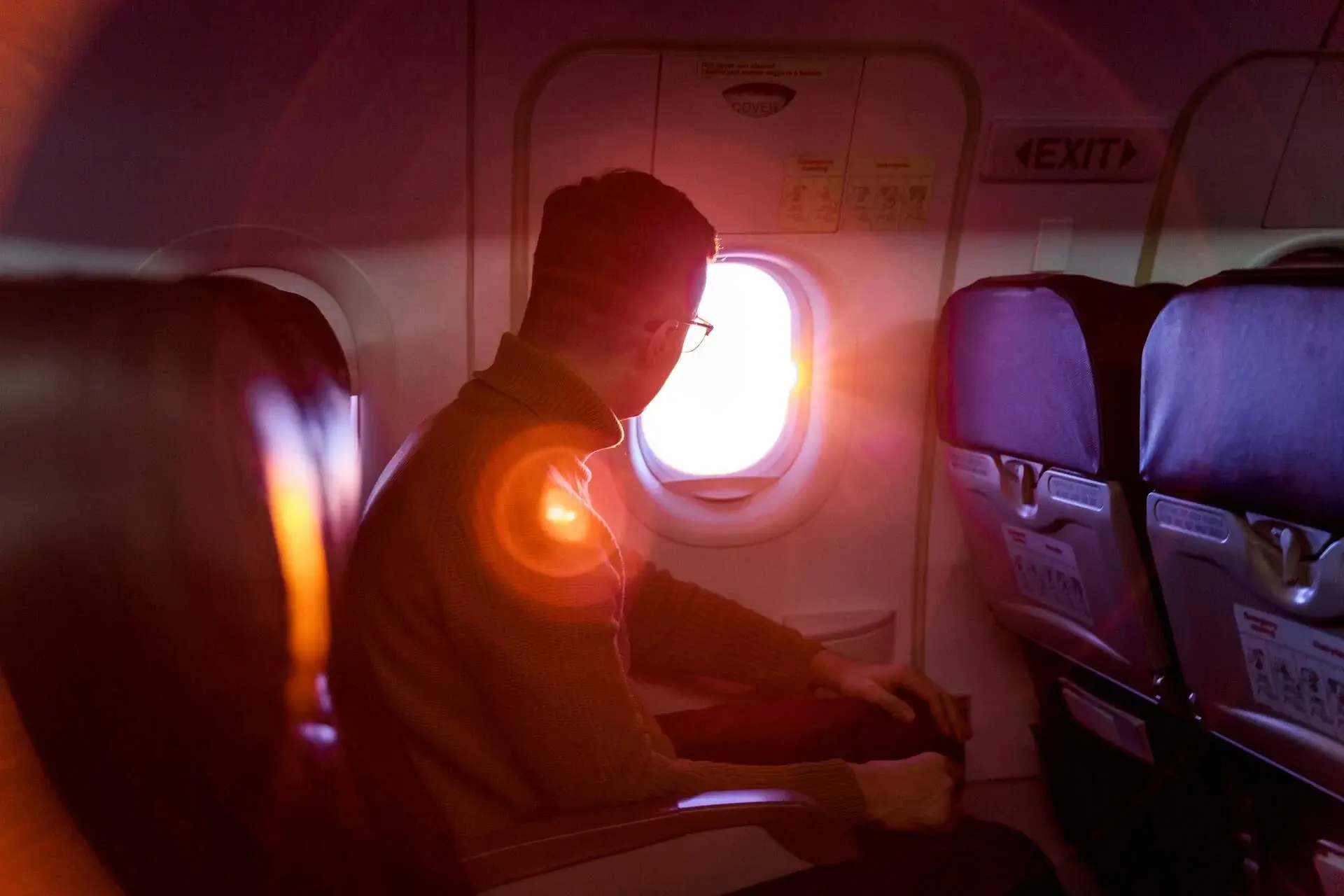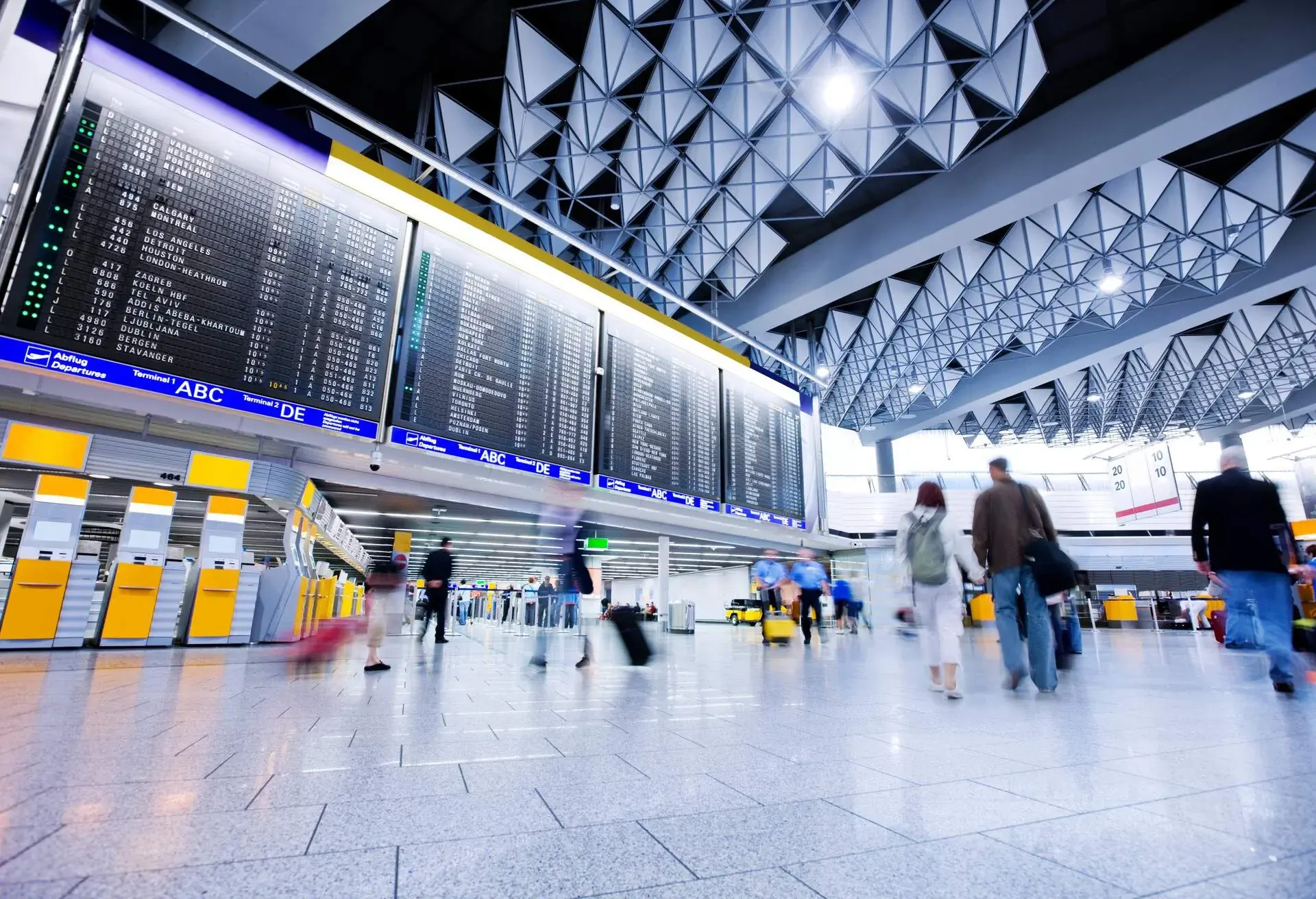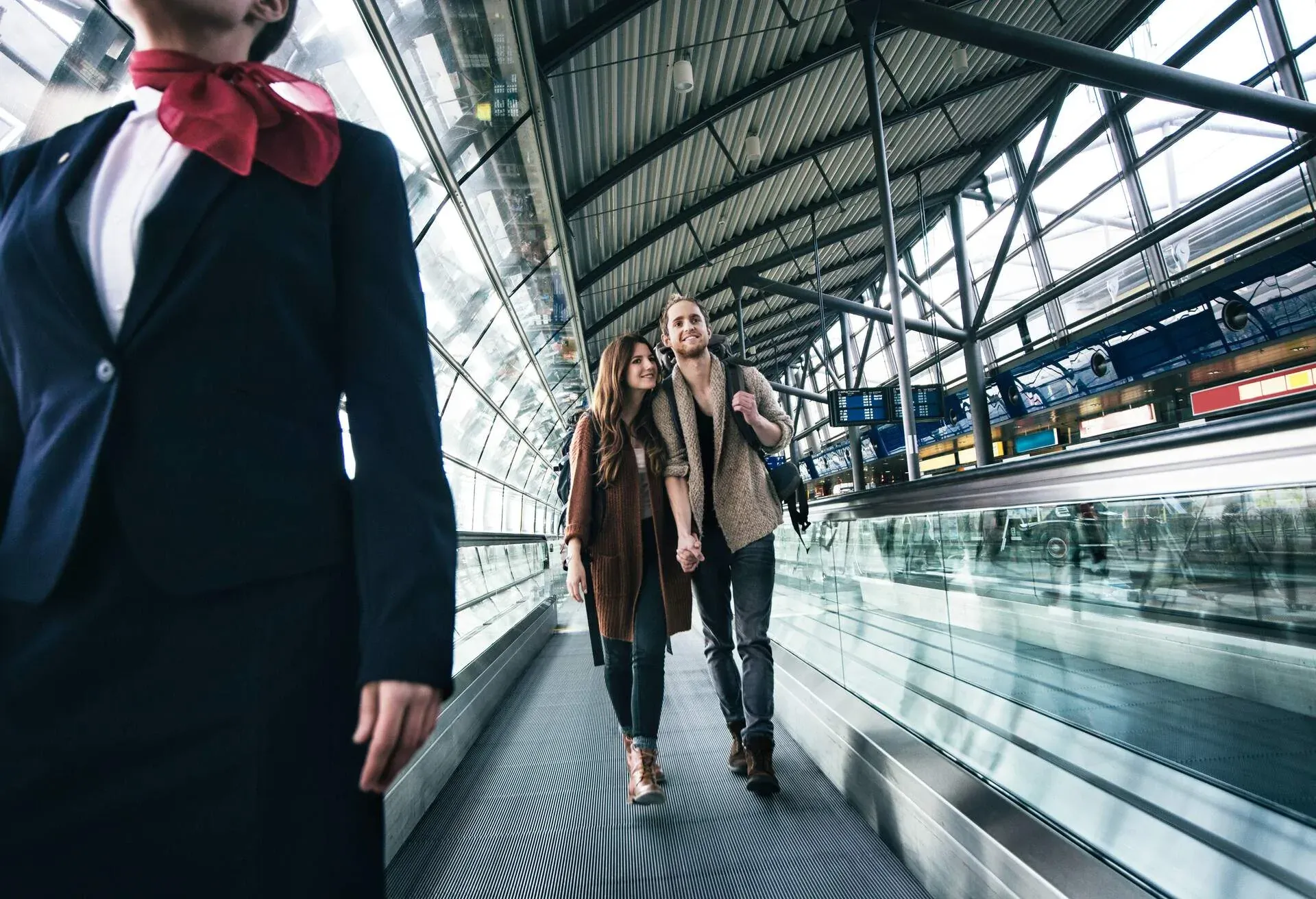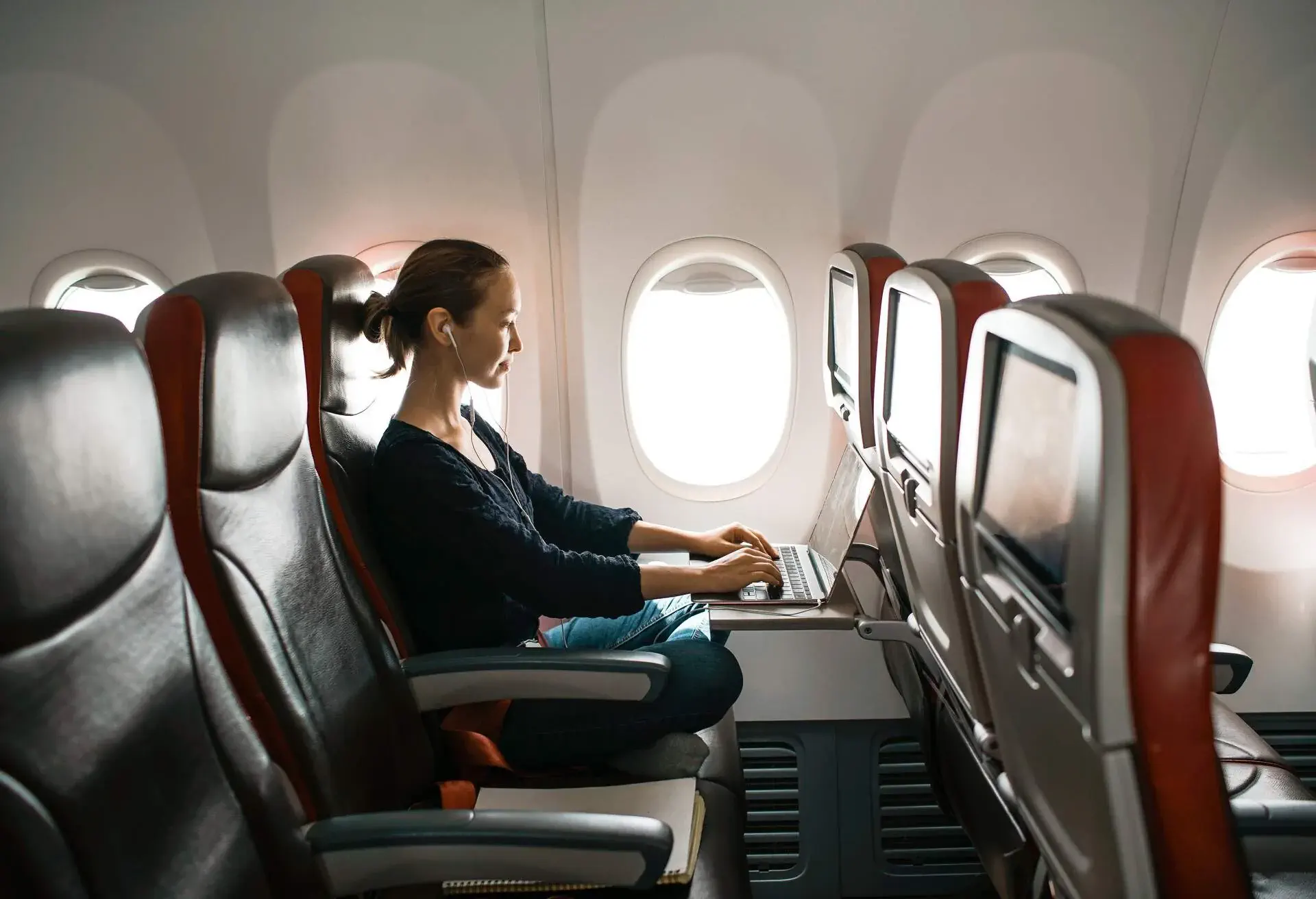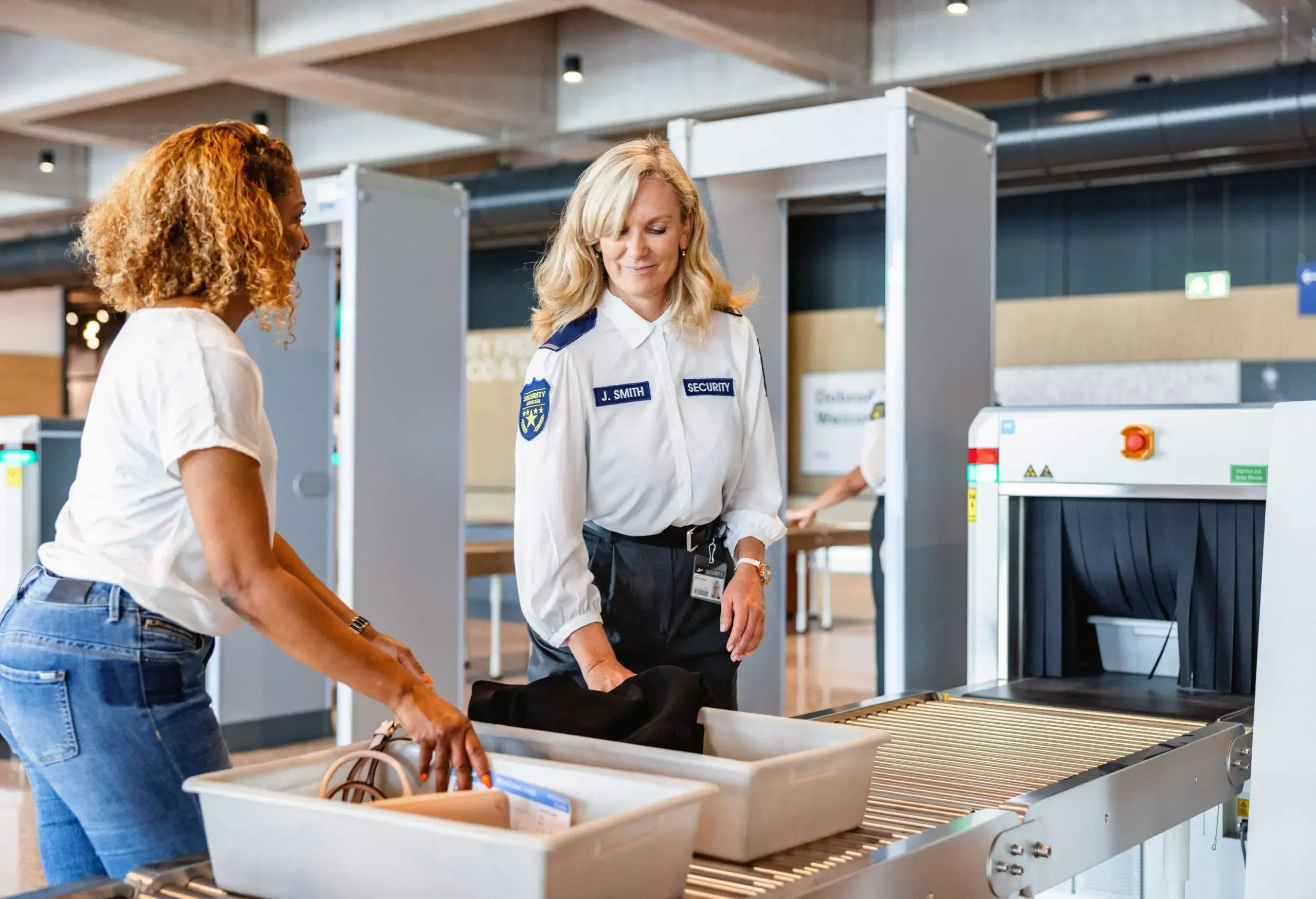Most people don’t discuss red-eye flights without at least a hint of despair, but frequent flyers know that’s not entirely fair. In fact, there are considerably more pros than cons to booking and flying red-eye if you understand the proper considerations and make an informed decision. Below, you’ll learn not only what a red-eye flight really is, but also how to determine whether they’re right for you and your specific itinerary, and how to maximize the experience if you do find yourself on one of these oft-maligned flights.
What is a red-eye flight?
If you, like most people, typically sleep during this time, it’s worth considering whether you historically sleep well on planes before booking a red-eye; if you fail to get a good bit of rest on board, you may arrive with tired, red eyes that give this flight its negative name.
What are the pros of a red-eye flight?
The planes themselves are less likely to be full, too, which means you may score an empty neighboring seat, or even an entirely empty row which is not only more comfortable but can help you sleep better. Fewer people also means less potential for ambient noise and commotion that can otherwise make sleep more difficult, too. You may even benefit from less traffic on the way to the airport.
What are the cons of a red-eye flight?
How to prepare for a red-eye flight
Red-eye or not, there are several tips for flying that will improve your experience on any flight, so check those out first. When preparing for your red-eye, though, there are a few considerations that are even more important than usual, and these revolve around sleep.
Book a window seat so you’re not woken up whenever someone in your row needs to use the restroom; wear loose, comfortable clothes that won’t wake you up; and avoid caffeine and excess alcohol before and during the flight. Perhaps most importantly, avoid connecting flights whenever possible so you aren’t woken up to change planes and face another airport in the middle of your rest.
5 tips for surviving a red-eye flight
You read all about the pros and cons of a red-eye flight and what exactly it is, so here you have 5 tips on how to survive a red-eye flight.
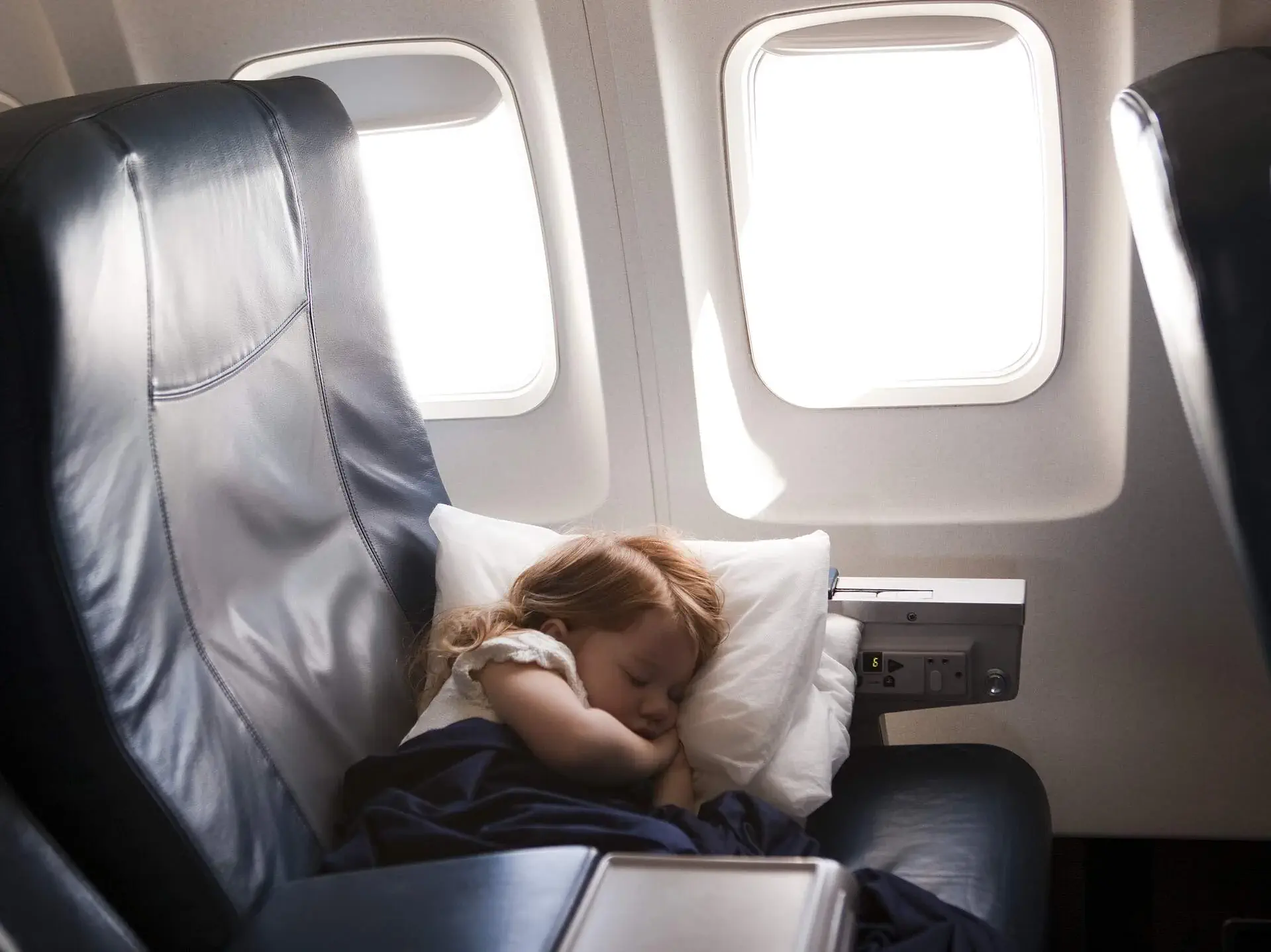
1. Don’t dread the flight
This may be easier said than done, but dreading the flight only increases the stress and anxiety that will make your journey less comfortable and may prevent you from falling asleep onboard, so don’t fixate on the fact that you’re taking a red-eye.
Keep in mind that there’s nothing inherently bad about a red-eye flight, and treat it like any other evening so you don’t introduce unnecessary stress to your mind and body.
2. Wear compression socks
Compression socks can help reduce the risk of blood clots during long, overnight flights by helping maintain healthy blood flow, but even those with less serious health concerns can benefit from wearing a pair. I like to wear compression socks on any long flight to prevent swelling (which can take days to go down) and to help keep my legs more comfortable while stuck in the same position all night when my legs would typically be level with my body in bed.
3. Don’t bring electronic entertainment
What do you do on red-eye flights? Sleep. That’s the goal, at least, so don’t bring a plethora of screens that can keep you awake longer with excessive blue light exposure. They also dry out your eyes by reducing blinking and the plane cabin is dry enough as it is. You’re trying to avoid arriving with red eyes, not guaranteeing it.
Further, everyone else on the plane wants to sleep, too, so try not to light up your row with your bright devices. If you can’t sleep, don’t stress. Instead, consider some of these quieter, calmer things to do on a plane to pass the time comfortably.
4. Cover your eyes and ears
Light and sound will be your biggest obstacles to falling asleep and staying asleep on an overnight flight, so come prepared with an eye mask and something for your ears. If you can sleep comfortably with large headphones, opt for a set with noise-canceling capability. Otherwise, play some classical music through your smaller headphones or earbuds to distract from surrounding sounds. If you prefer silence, pack earplugs.
5. Settle in for the long haul
Red-eye flights are designed for longer routes, so prepare to be in a confined space for a considerable duration. KAYAK’s tips for long flights are a great starting point for preparing for a more comfortable red-eye experience, but remember that sleep is your number one goal for this particular long flight, so focus on those that will bring you the most physical comfort, personally.
How this guide was created?
I’m on airplanes at least twice a week, every week, averaging 120 flights per year. Because I often fly cross-country or internationally, many of those flights are red-eyes, so I’m quite used to the long, overnight trips that people tend to love or hate (personally, I love them). I’ve combined years of this experience with KAYAK’s expert tips and tools to create this guide.
Some of our favorite flight routes
- Flights to New York
- Flights to Los Angeles
- Flights to Chicago
- Flights to San Francisco
- Flights to Miami
Red-eye flights FAQ
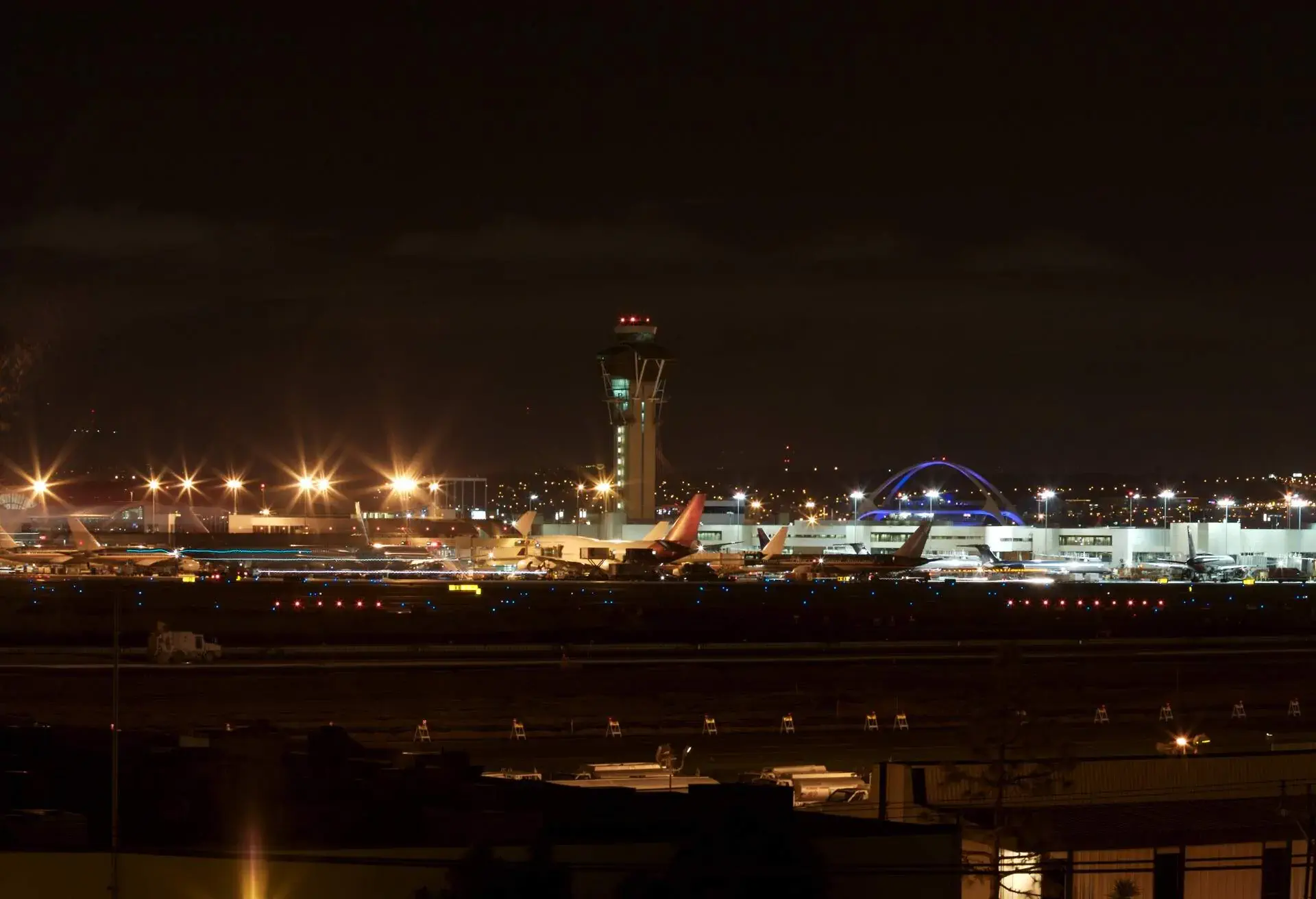
Usually. Flight prices are driven by demand, and people prefer to fly during daytime hours, so red-eyes are almost always less expensive. The cheaper price is an airline incentive to get more people onboard these off-hours flights and free-up demand during the day. Of course, if a specific route only has red-eye options, you won’t likely notice much in savings.
From a crew and equipment perspective, red-eye flights are as safe as any other flight. There are some potential risks to your personal health if you fly them often, though, particularly if you don’t sleep well on planes. Frequent red-eyes for poor sleepers can lead to health concerns like higher blood pressure and weight gain, but there’s a risk for good sleepers, too. Blood clots are more likely during red-eyes because they’re often longer flights that combine a low-pressure environment with little movement in a good sleeper.

